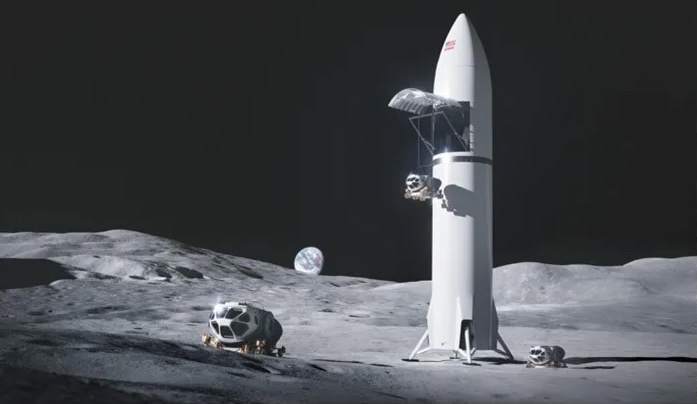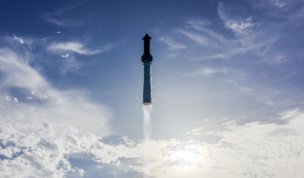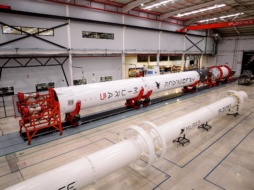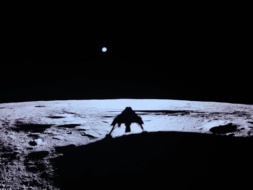Hot on the heels of another productive test flight, two new lunar customers have been added to the flight manifest for SpaceX’s Starship.
Eagle landing: Lunar Outpost said today that SpaceX will deliver its first Lunar Terrain Vehicle, Eagle, to the Moon by 2029.
The CO-based company’s rover, the size of a heavy-duty truck, is being built under contract with NASA and recently finished a battery of human factors testing at Johnson Space Center.
“The main reason we went with SpaceX is the technological maturity and the pace at which they’re able to accomplish their objectives, especially after seeing flight five,” Lunar Outpost CEO Justin Cyrus said. “They’re going to do it in the timeline we need to be successful as a company.”
Sun rising: NASA also announced this week that Starship will deliver the pressurized rover that JAXA is developing for the Artemis program no earlier than FY 2032. That vehicle, being built by Toyota, will allow astronauts to rove the lunar regolith without wearing spacesuits.
What does an LTV delivery look like? Starship is awfully big, and Moon landing variants we’ve seen so far propose lowering cargo to the surface on an elevator.
Cyrus wouldn’t share much detail on how his vehicle would actually exit Starship and, asked if the the agreement was a purchase of the entire vehicle, Cyrus wouldn’t comment, so it is likely other payloads will be on board.
“What I can say is, it fits,” Cyrus told Payload. “Starship is pretty unique in the fact that it does have multiple configurations, and each one provides a unique value add to the ecosystem.”
This piece has been updated to clarify Cyrus’ comments on Starship’s lander configuration.




